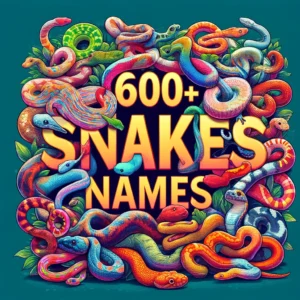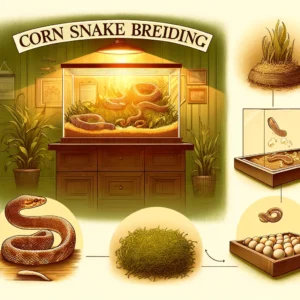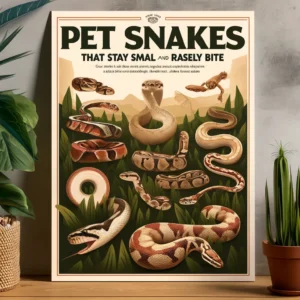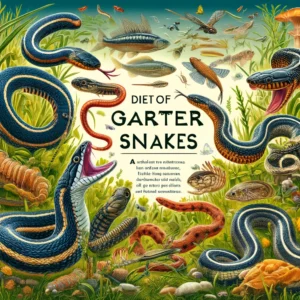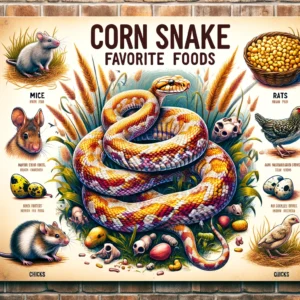Ball pythons have specific dietary preferences that align closely with their natural instincts as carnivores. The most common and favored food for ball pythons is rodents, primarily because this diet closely mimics what they would eat in the wild. Starting from when they are hatchlings, ball pythons are typically fed pinkie mice, which are newborn mice that provide the necessary nutrients and are easy for young snakes to consume due to their size and soft skeletal structure.
As ball pythons grow, their diet progresses to larger mice and eventually to rats, which offer more substantial meals. Juveniles often consume fuzzy mice, which are slightly older and larger than pinkies, followed by hopper mice, which are more mature and active. This progression not only supports their growth with appropriately sized meals but also keeps their diet varied and enriching.
For adult ball pythons, rat pups or adult mice are usually the most appropriate size. These larger meals are crucial for maintaining their health as they provide a dense source of calories and nutrients, including the necessary fats and proteins to support muscle health and digestion. Adult ball pythons might also accept gerbils or hamsters, particularly if they are fussy eaters, as some snakes develop preferences for different types of rodents.

Ball pythons are fascinating reptiles, popular among pet owners due to their docile nature and manageable size. Understanding their dietary needs, caloric intake, and the reasons behind their occasional fasting periods is crucial for maintaining their health. Here’s an overview of ball python dietary requirements by age, their favorite foods, and an explanation of their unique feeding behavior.
Favorite Foods and Dietary Requirements by Age
Hatchlings and Juveniles
- Foods: Hatchlings and juveniles primarily consume small mice. As they grow, they can gradually transition to larger mice and eventually small rats, depending on their size.
- Caloric Needs: Young ball pythons require frequent meals to support their rapid growth. They may eat a small mouse once a week. The exact caloric intake varies, but a mouse can range from 30 to 50 calories depending on its size.
- Feeding Frequency: Typically, hatchlings should be fed once every 5 to 7 days.
Adults
- Foods: Adult ball pythons can eat larger mice, rat pups, and eventually full-sized rats as they mature. The size of the prey should be roughly the same as the widest part of the snake’s body.
- Caloric Needs: Adults generally require fewer calories per pound of body weight than juveniles. An adult rat can provide around 150 to 200 calories, which may suffice for up to 2 weeks depending on the snake’s metabolism and activity level.
- Feeding Frequency: Adults can be fed less frequently, typically every 1 to 2 weeks.
Why Ball Pythons May Refuse to Eat
Ball pythons are notorious for their occasional fasting periods, which can sometimes alarm owners. Here are several reasons why they might not eat:
- Seasonal Changes: Ball pythons often reduce their food intake or stop eating altogether during the winter months, even in captivity. This is a natural response to seasonal variations in temperature and light.
- Shedding: During the pre-shed phase, which is when their skin becomes dull and their eyes turn blue (known as the “blue phase”), ball pythons are likely to refuse food due to the discomfort associated with shedding.
- Stress: Changes in the environment, frequent handling, or an enclosure that is too open and exposed can lead to stress, causing them to stop eating. Ensuring a secure and comfortable habitat with adequate hiding places is essential.
- Health Issues: Parasitic infections, respiratory illnesses, or other health problems can also lead to a loss of appetite. If a ball python stops eating for an extended period without an obvious reason, a veterinary consultation is recommended.
- Breeding Season: During the breeding season, both male and female ball pythons may show less interest in food due to hormonal changes and the drive to reproduce.
FAQs
1. What are ball pythons’ favorite foods?
Answer: Ball pythons primarily eat rodents. Their favorite food in captivity is usually mice or rats, which can be fed either live or as frozen-thawed to ensure safety and nutritional adequacy.
2. How many calories does a ball python need per day?
Answer: Ball pythons don’t have a daily caloric requirement like mammals do, since they eat larger meals less frequently. The caloric content of their meals varies, but a medium rat, which is a common meal for an adult ball python, contains about 150 to 200 calories.
3. How does a ball python’s food requirement change with age?
Answer: Hatchlings and young ball pythons should eat approximately once every 5 to 7 days, and adults can eat once every 1 to 2 weeks. Juveniles eat smaller prey like pinkies or fuzzies, while adults eat larger mice or rats.
4. Why do ball pythons sometimes not eat for long periods?
Answer: Ball pythons may refuse food due to several reasons:
- Seasonal changes: They naturally eat less during the winter.
- Stress: Changes in their environment or handling can lead to reduced appetite.
- Health issues: Illness can decrease their desire to eat.
- Shedding: They often do not eat while preparing to shed their skin.
- Breeding season: Sexual maturity and breeding activities can disrupt normal feeding patterns.
5. What should I do if my ball python stops eating?
Answer: Ensure the habitat is correctly set up with the right temperature and humidity levels, and minimize stress by reducing handling. If the snake continues to refuse food for an extended period, consult a reptile veterinarian to rule out underlying health issues.
6. Are there any alternative foods I can offer my ball python?
Answer: While mice and rats are the main diet, some owners occasionally offer gerbils or hamsters, especially if the snake shows a preference. However, these should not be the primary diet due to nutritional balance concerns.
7. What should I do if my ball python hasn’t shed its skin completely?
Answer: Incomplete shedding can be addressed by increasing the humidity in the enclosure. You can provide a humidity box (a container with moist moss) for the snake to crawl into, which helps loosen the retained skin. Never pull off the skin yourself as this can hurt the snake. If problems persist, consult a veterinarian.
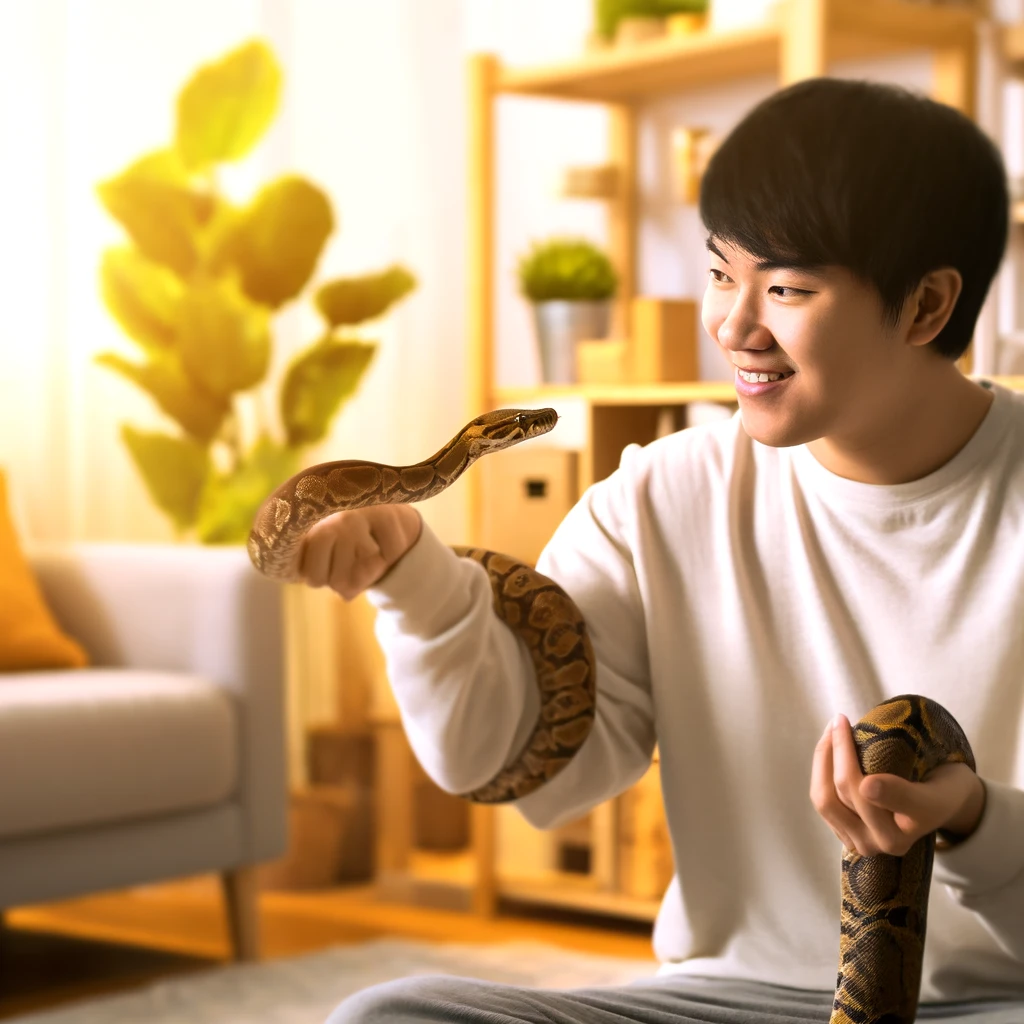
Jordan Taylor is a seasoned pet care expert and a vibrant contributor to Petmaw.com. With over a decade of experience in veterinary science, Jordan brings a wealth of knowledge and a deep passion for animals to every article. After earning a degree in Veterinary Medicine from the University of Alaska Anchorage, Jordan spent several years working in a busy veterinary clinic, where they honed their skills in pet nutrition, behavior, and wellness.
Jordan’s love for animals isn’t just professional; it’s a fundamental part of their life. Home is shared with three rescue Sloth, two cats, and a small flock of backyard chickens, each with their own rescue story and special place in Jordan’s heart. This personal connection to animals shines through in Jordan’s writing, making their advice not only expert but also empathetic and practical for pet owners.
At Petmaw.com, Jordan is dedicated to providing pet owners with the latest research, trends, and tips in pet care, from innovative feeding strategies to understanding the subtle signs of pet health issues. Whether you’re a seasoned pet owner or new to the pet parenting world, Jordan’s insights aim to enhance the well-being of pets and deepen the human-animal bond.
In their spare time, Jordan is an avid hiker, often found exploring the trails with their dogs. They also volunteer at local animal shelters, offering their expertise and helping animals in need find forever homes. Jordan’s commitment to animal welfare and passion for sharing knowledge makes them a cherished member of the Petmaw.com family and a trusted guide for our readers.
